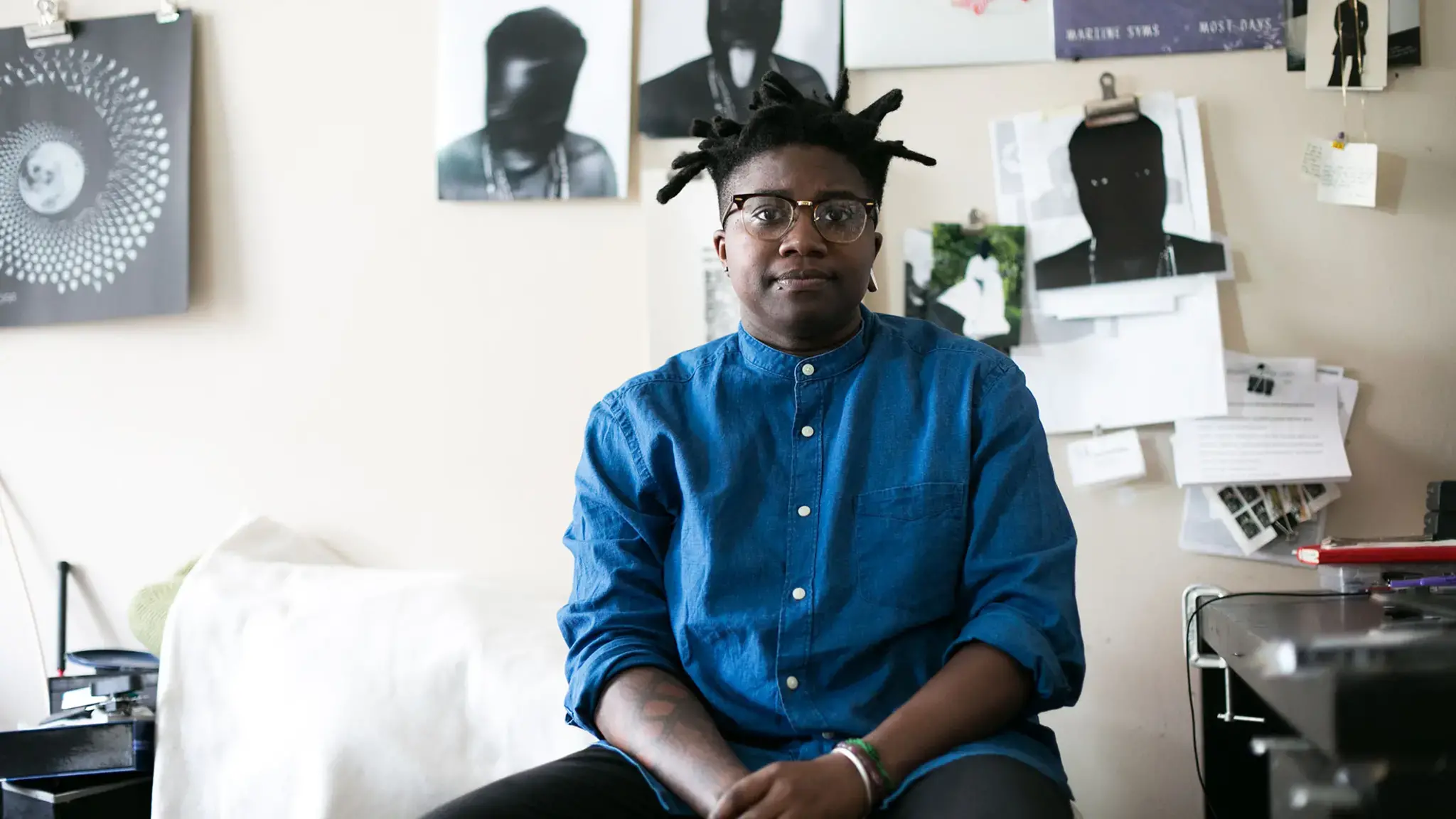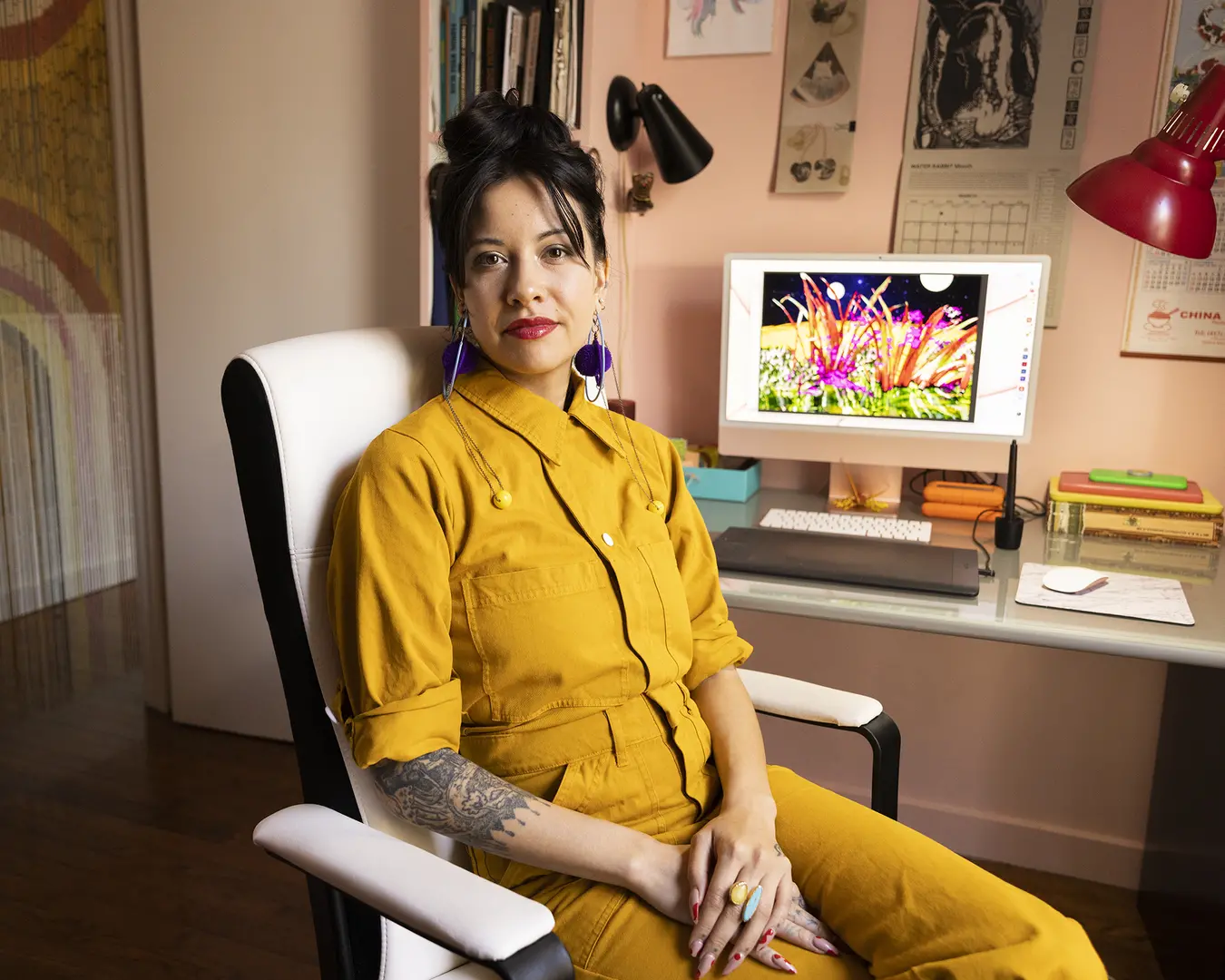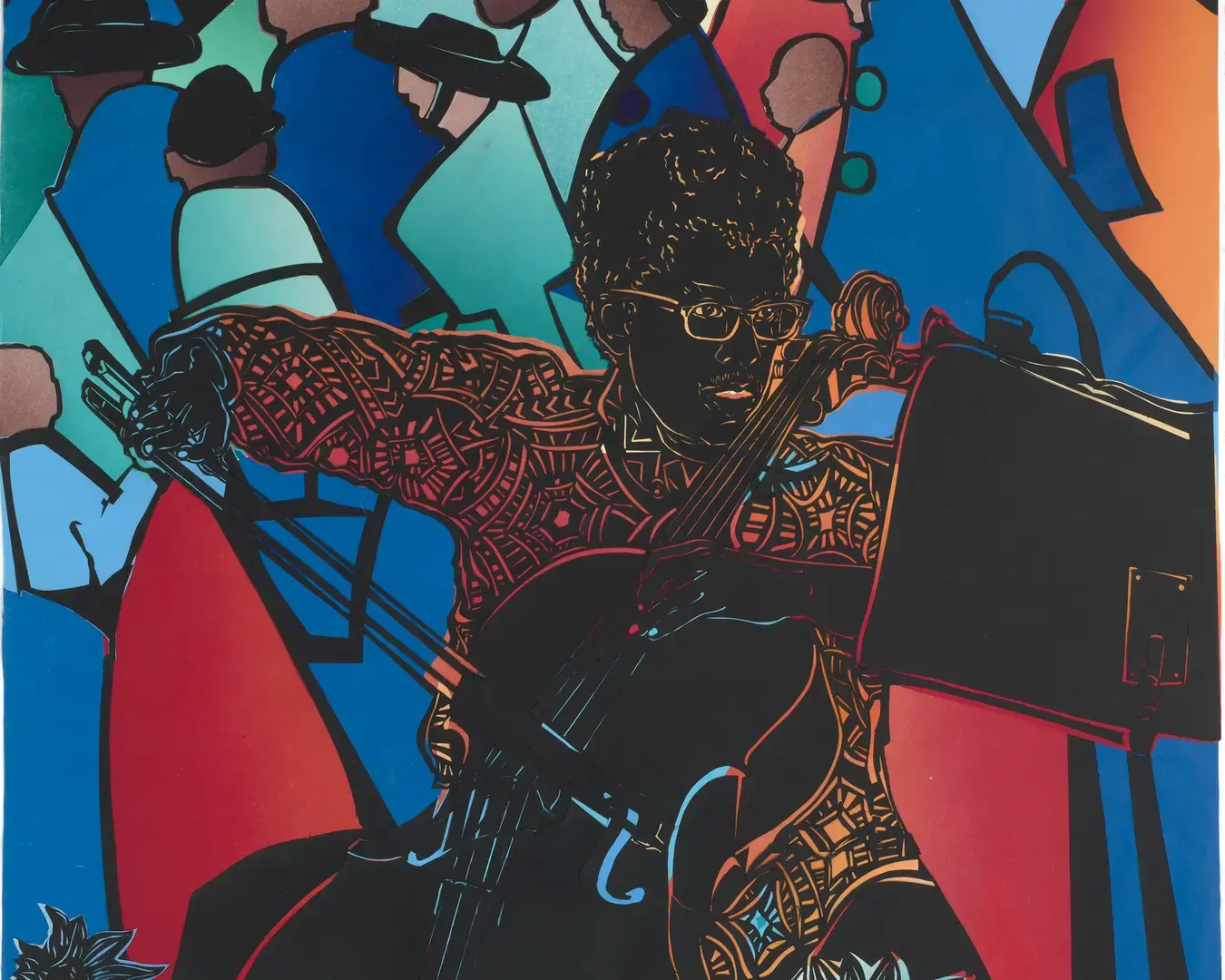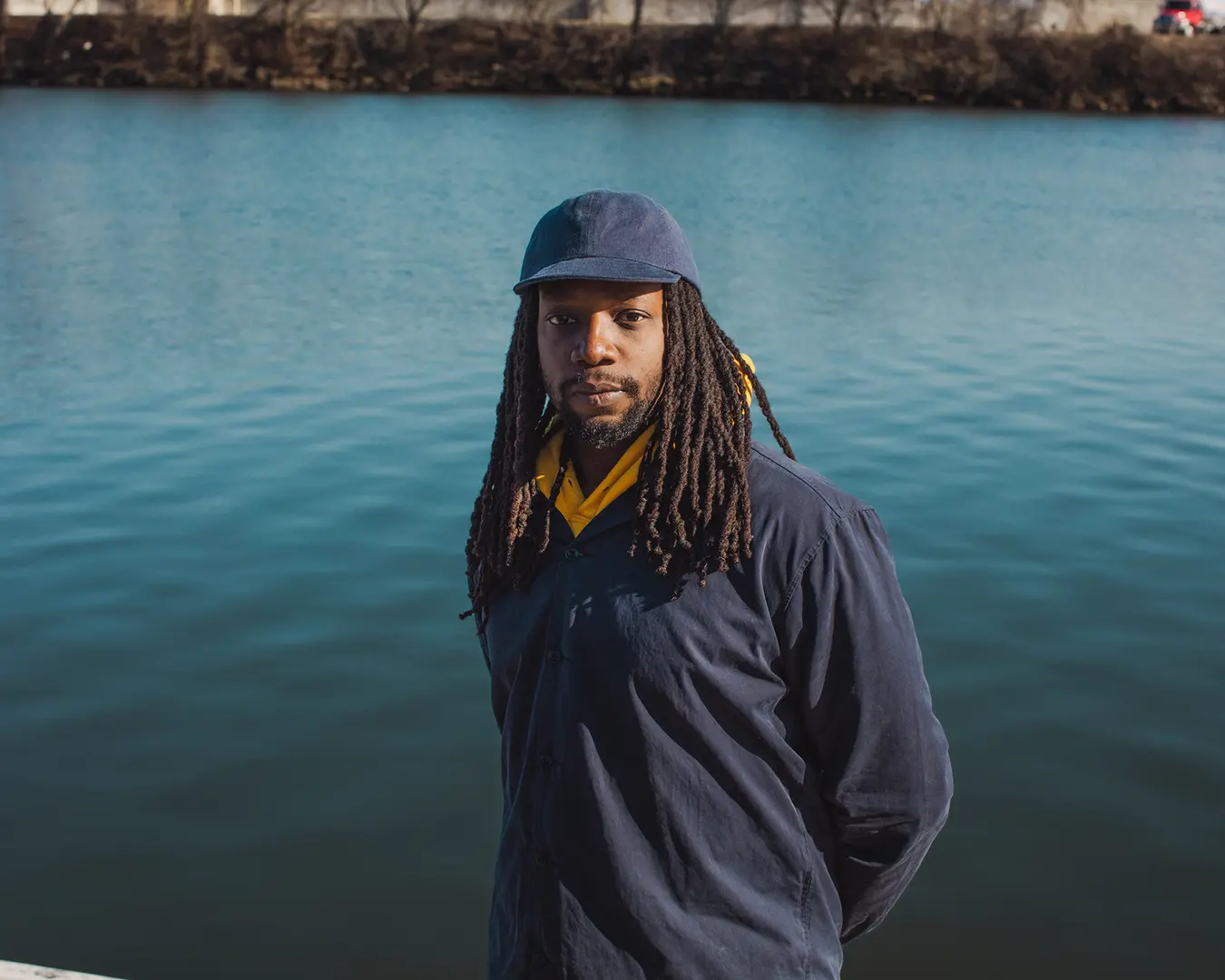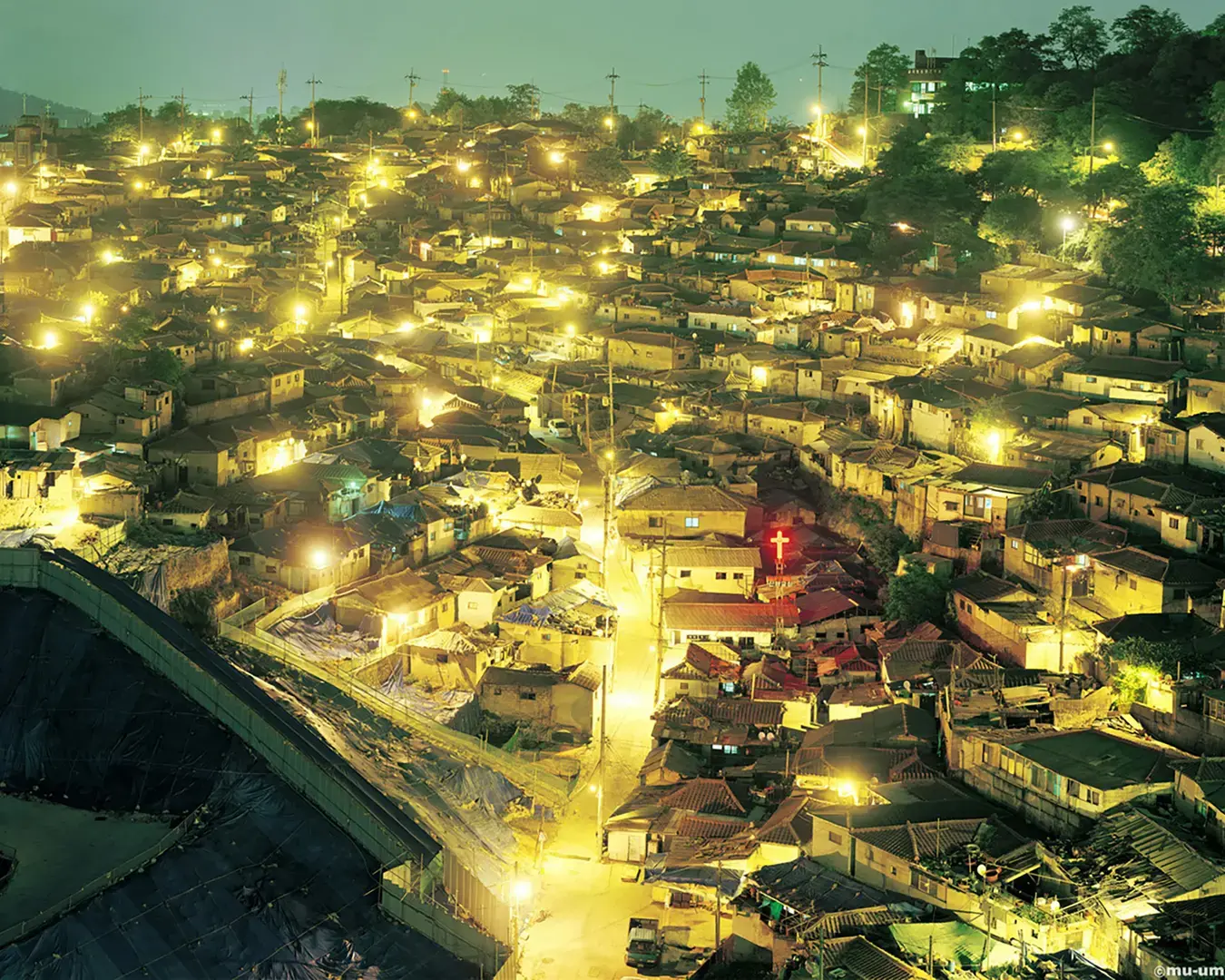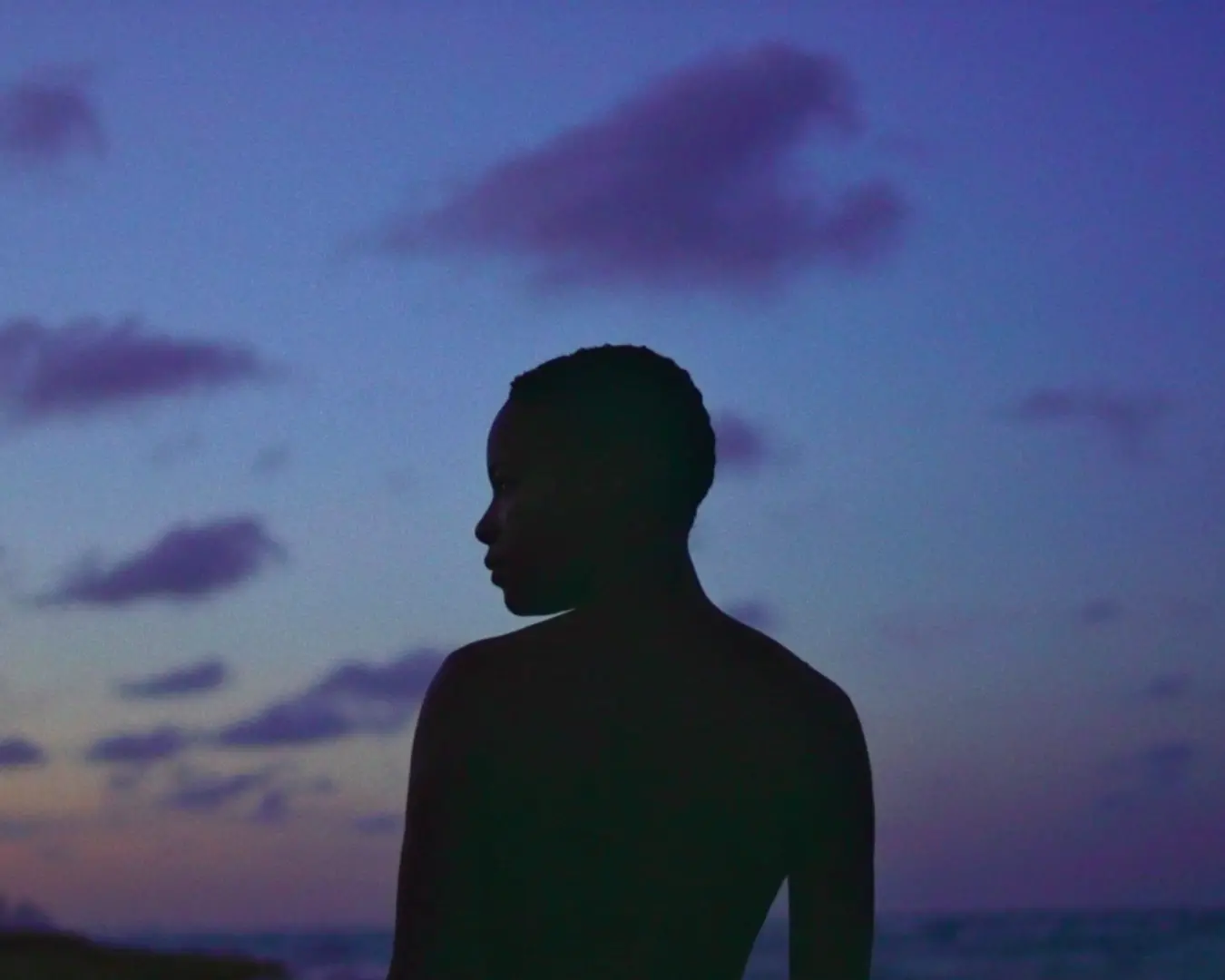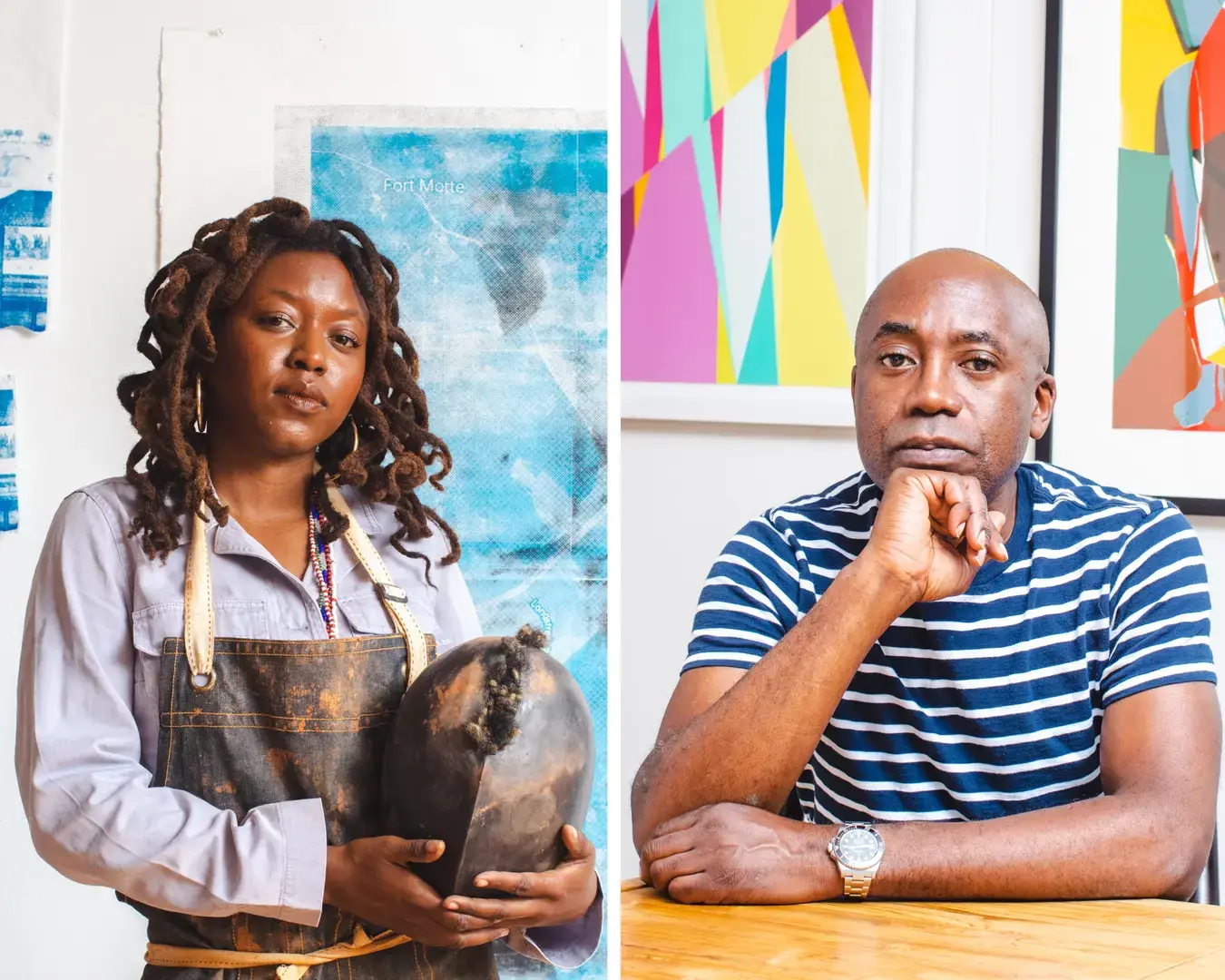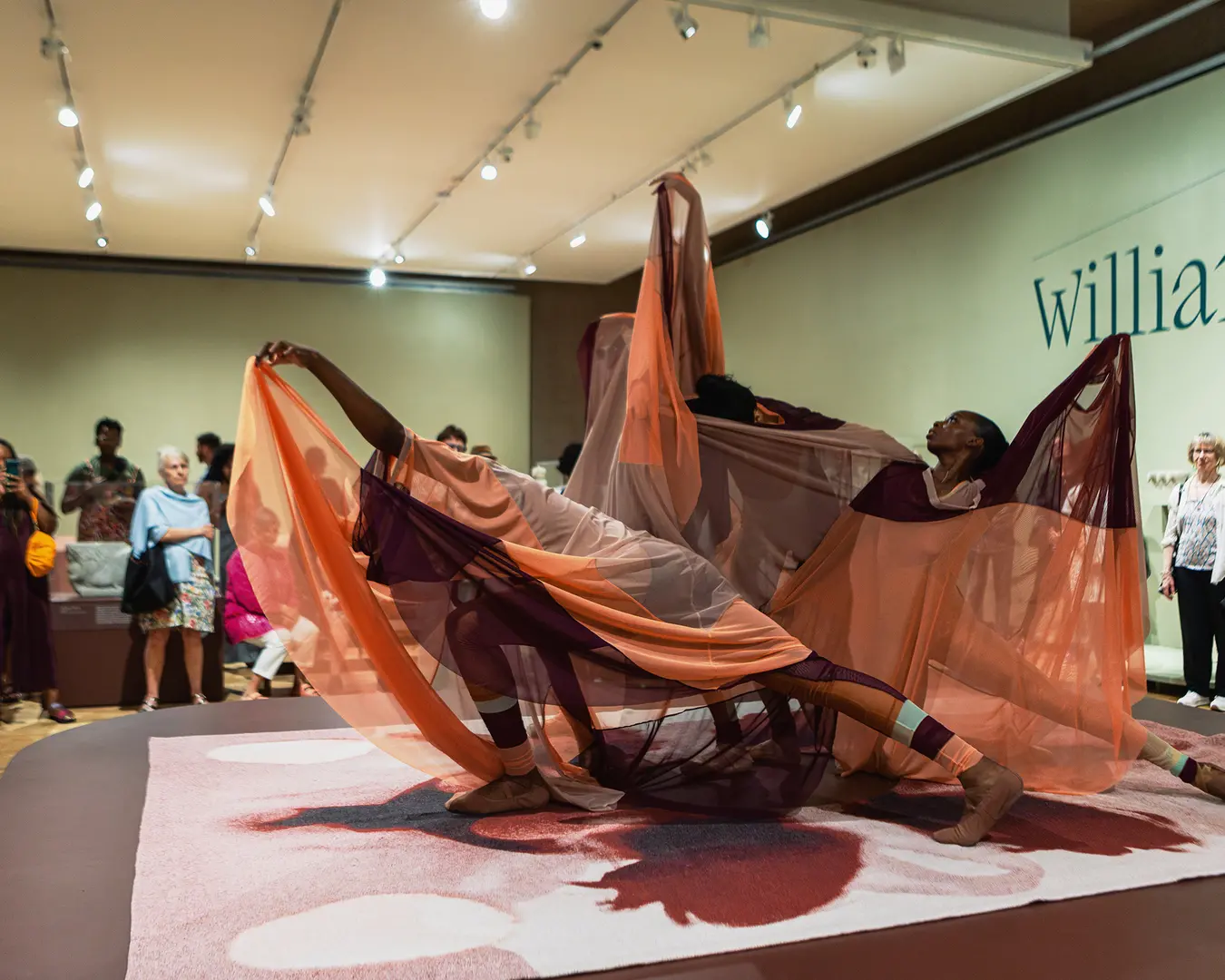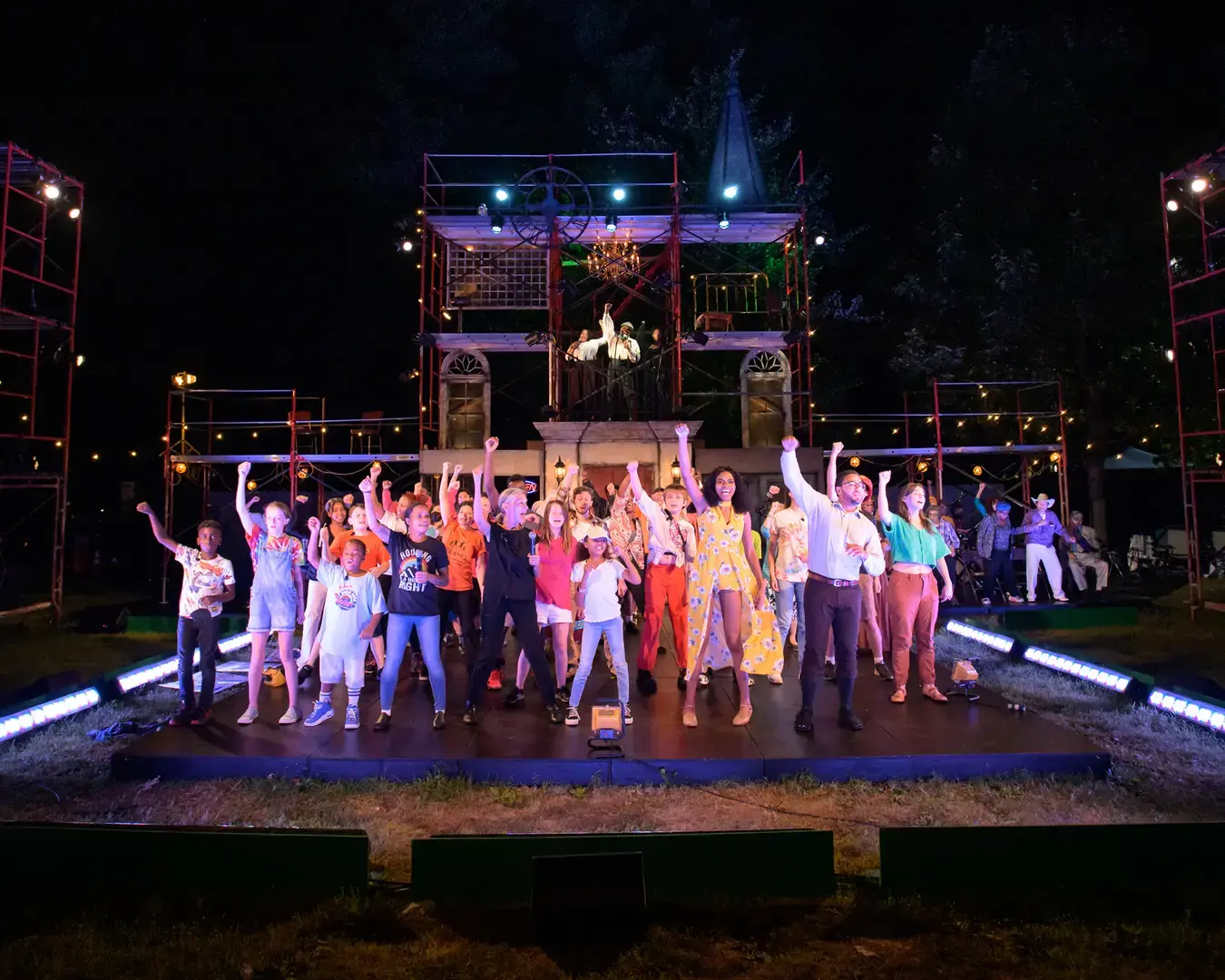Our “Fellows Friday” series focuses on the artistic lives of our Pew Fellows: their aspirations, influences, and creative challenges.
This week, we speak to Tiona McClodden (2016), a visual artist and filmmaker whose work explores gender, race, historical archives, and social change, driven by an interest in, she says, “contemporary renderings of the works of underrepresented figures in Black American history.” McClodden’s interdisciplinary approach encompasses documentary film, experimental video, sculpture, and sound installations. From January 26 – April 2, McClodden’s work will be included in One day this kid will get larger, a group exhibition of emerging contemporary artists, at DePaul Art Museum in Chicago.
How did you become an artist? Is there a particular experience that drove you to this choice?
I think I would have to say in high school I really tried to approach school presentations with a very strong investment in the aesthetic. The experience that really pushed me towards an experimental film and visual arts practice was being in college and having a moment where I realized that college was not going to allow me the skills to move on really ambitious ideas. I dropped out, got a mentor, and refined the skills I needed at an aggressive rate, and I started making work. This was an important move that really was a difficult one because you are often presented with the college MFA structure to becoming an artist, but for me that structure was suffocating and, quite frankly, stifling in a way that was harmful.
What was the first work of art that really mattered to you? Did it influence your approach to your work?
All of my work matters to me, but the first work of art that actually made me feel firm in my point of view as an artist was completing the first movement of my four-part Be Alarmed series. It was such a massive undertaking, and the years it took to create the series were really tough because at times I didn’t know if I could finish it. From that experience, I have approached my work with immense preparation and outlines due to its serial nature. Most of my [projects] have several parts, so it’s necessary for a script to exist to maintain the cohesiveness of how the parts work together, or not. Finishing that first movement also gave room for my ambition. I now know I can produce large, concept-driven work, and have it be engaging.
Why do you choose to work and live in Philadelphia? In your experience, what makes this arts scene distinctive?
I live and work in Philadelphia because it is a city of genuine interaction. Folks here are direct and, for the most part, transparent about how they feel, almost to a fault at times. I desire and require this sort of interaction in my work and personal life, so when I moved to North Philly from Atlanta in 2006, it was a conscious decision to move here for this kind of interaction with Black folks who are the center of my work, figuratively and conceptually.
Philadelphia has shown me, as a city, what it looks like to truly be invested in art. This city has several large art institutions as well as significant funding options that provide artists and organizations the means to push forward ambitious work. Philly is distinct, in this moment in time, in that an artist can afford to really have a studio practice and exhibit work at a reasonable pace, and access a community of art goers who are not just the typical art collectors. So in this way, the city keeps me accountable to what my work is about, and aware of how it can affect others in a real way. I have run into folks from Philly while traveling in other cities and I've been able to have really thorough conversations with them about my work.
What drives you to create work that explores issues around gender, race, historical archives, and social change? What are you trying to convey with your art?
Operating from these intersections mimics my lived perspective, so it allows me space to explore these experiences through form, as well as to critique them. I think the formula [these intersections] create together is never the same for me. I learn more about the topics I’m interested in by making my work, and often times I start out with a focus and end with another because of the level of discovery in the intersections that I explore. I’m trying to convey this discovery and also make a statement. More specifically, because my work is centered on Blackness, I am trying to complicate the monolith of how Blackness and Black folks are seen and explored with film and visual art.
What is perfection to you, in the context of your work?
Creating work aesthetically and conceptually that will let me sleep at night. Honesty is perfection in my practice, and moving from a place of honesty is how I can sustain the stamina needed to produce my work, as it takes years at a time to produce.
What images or things keep you company in the space where you work?
Images from films that I love, notes to myself, other artists’ stills that I admire, books, and sketches of sculptures I plan to produce. I always have fresh flowers. I also have my cameras with me, and pieces of cameras that don’t work anymore.
In reflecting back to the beginning of your career, what is the most useful advice you ever received?
Get a hold of your materials and tools, and that way you can be as wild as you want with the concept. Concepts are often not strong enough to carry poorly rendered work. You can’t produce something that will literally fall apart. With film and video I try very hard to master the tech around the cameras that I use, as well as the ways that they are projected, installed, etc.
If you could collaborate with anyone alive today, who would it be?
[Photographer] Thierry Le Gouès, [writer] Percival Everett, [pianist and composer] Matthew Shipp, and [visual artist] Nancy Grossman. All of their works do a particular thing to me, and I would like to be able to create something with and for them.
